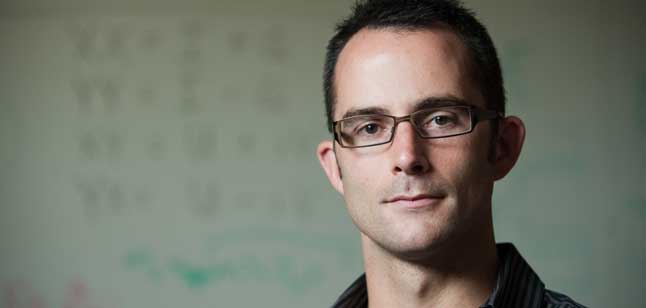
Professor Cannon is an observational astronomer with a focus on nearby, low-mass galaxies. Students who work with him will study the nature and evolution of these systems.
Studies of nearby, metal-poor, star forming dwarf galaxies are of special interest to many areas of astronomy. They provide an opportunity to study star formation processes, stellar populations and chemical evolution in unprecedented detail. Physical characteristics of these systems are also likely very similar to those in systems found at high redshifts. Nearly all of these dwarf galaxies have metal abundances significantly below the Solar value. Theoretical calculations and observational evidence support the postulate that the character of the ISM changes both as a function of decreasing mass surface density and decreasing chemical abundance. Therefore, to understand the evolution of galaxies in general, we need to pay particular attention to nearby dwarf systems where we can resolve many of the important signatures of star formation in extreme environments.
Recent advances in observational astronomy have provided an ideal opportunity to undertake multiwavelength studies of galaxies. These investigations are key to our understanding of the processes that drive galaxy evolution, since they allow us to investigate all galaxian components, from cold molecular clouds to hot, x-ray emitting gas. I am currently working on several observational campaigns using the Hubble Space Telescope, the Spitzer Space Telescope, the Very Large Array, and the Kitt Peak National Observatory. The resulting datasets have yielded a comprehensive suite of multiwavelength diagnostics of these intriguing galaxies. Segments of each research program are well-suited for undergraduate participation; please contact me if you are interested in learning more!